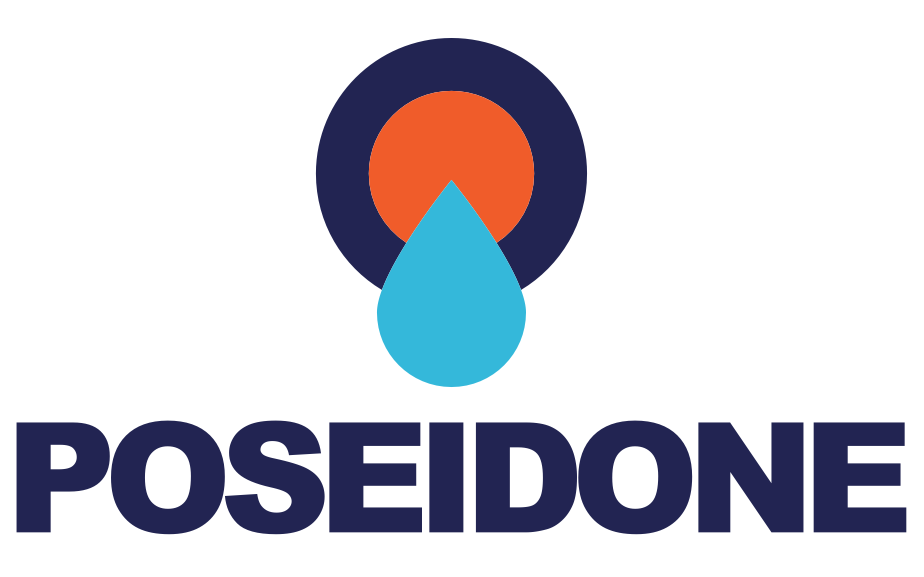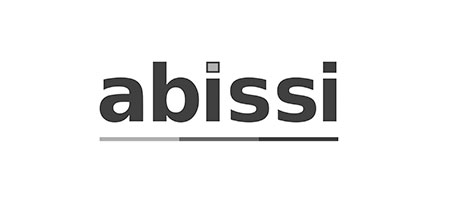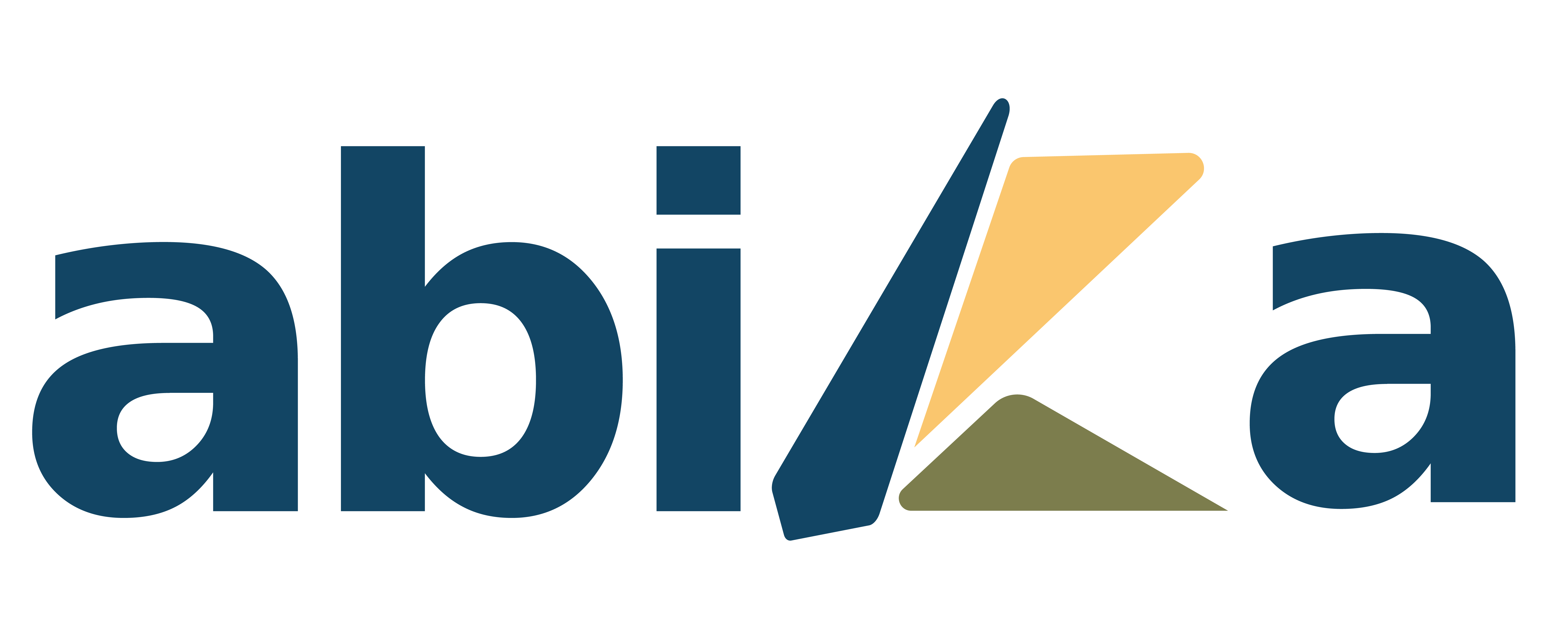Research and Development
Poseidone
Project: Poseidone

Project code: Ricerca_1C-153
Project title: Poseidone – Piattaforma Open Source per la gestione rEti iDriche cOn iNtelligenza artificialE
CUP: G83D17000220006
Total amount of the project: € 370.125,00
Amount financed: € 186.431,25
Source: POR FESR Sardegna 2014-2020
Project Dates: Inizio 01/11/2017 – Fine 30/04/2020
Contact: info@abikasrl.com
The research project aims to build an open source platform model for the continuous monitoring of the water system, giving the opportunity to break drastically the scheme typically imposed by the commercial production cycle of the large licensing-based multinationals, which today have the monopoly of management and of water monitoring in Italy, Sardinia and the world in general.
We start from basis that over the last decade the number of devices connected to the Internet has increased steadily and continuously, reaching the number apparently impressive six billion.
The trend is that this number to the figure of 20.8 billion by 2020, of related elements. This population of objects/elements is and will be extremely varied in terms of physical characteristics, their usage patterns, the communication protocols used. In addition, the applications running on platforms using these devices are in continuous evolution, following changes in user needs. You need stress that in the context of smart cities, modern Smart Cities, the water monitoring problem will impose an efficient and leakage network ideally nil.
This criterion will be of fundamental importance in the calculation of efficiency and effectiveness of the city itself. All cities today feel the need to optimize the perhaps the most critical natural resource currently. Energy, on the other hand, can be created in so many ways, but water is a resource that, depending on the area… geographical, is defined as critical or fundamental to the survival of the species.
The the ability of an IoT system to be intelligent, to be able to learn and learn, to be able to provide data and information in real time, will be a key aspect that will determine the success or otherwise of current and future IoT solutions, as those who are able to interpret it better will be able to make the most of existing devices and infrastructure in the field and those in the pipeline realization. The context should be dynamic, flexible, not robust and adaptable. In fact, an additional factor on which the project focuses is the application of a platform with automatic learning.
In Anglo-Saxon terminology we speak of learning skills, when we say words like Machine Learning, or better yet, Artificial Intelligence.

Objectives and results achieved
3. Exploiting and using: smart grids, necessary to provide in such a way as to flexible and dynamic to hardware devices the necessary capabilities of processing and storage, depending on their geographical location;
4. Develop: personalised services through Quality of Experience (QoE) assessment, which decides on the success of the applications.
The key elements of this architecture will therefore essentially be four:
- an Intelligent Flowmeter;
- a pipeline to be monitored;
- an intelligent platform;
- a system of technological applications: mobile apps.
Il nostro network


Contact us
Info
Viale Umberto 42, 07100 Sassari (Italy)
+39 079 097.63.44
Loc. Scala Sa Perda ex SS. 131 km 10,8 09028 Sestu, (CA) (Italy)
+39 070 79.66.973
